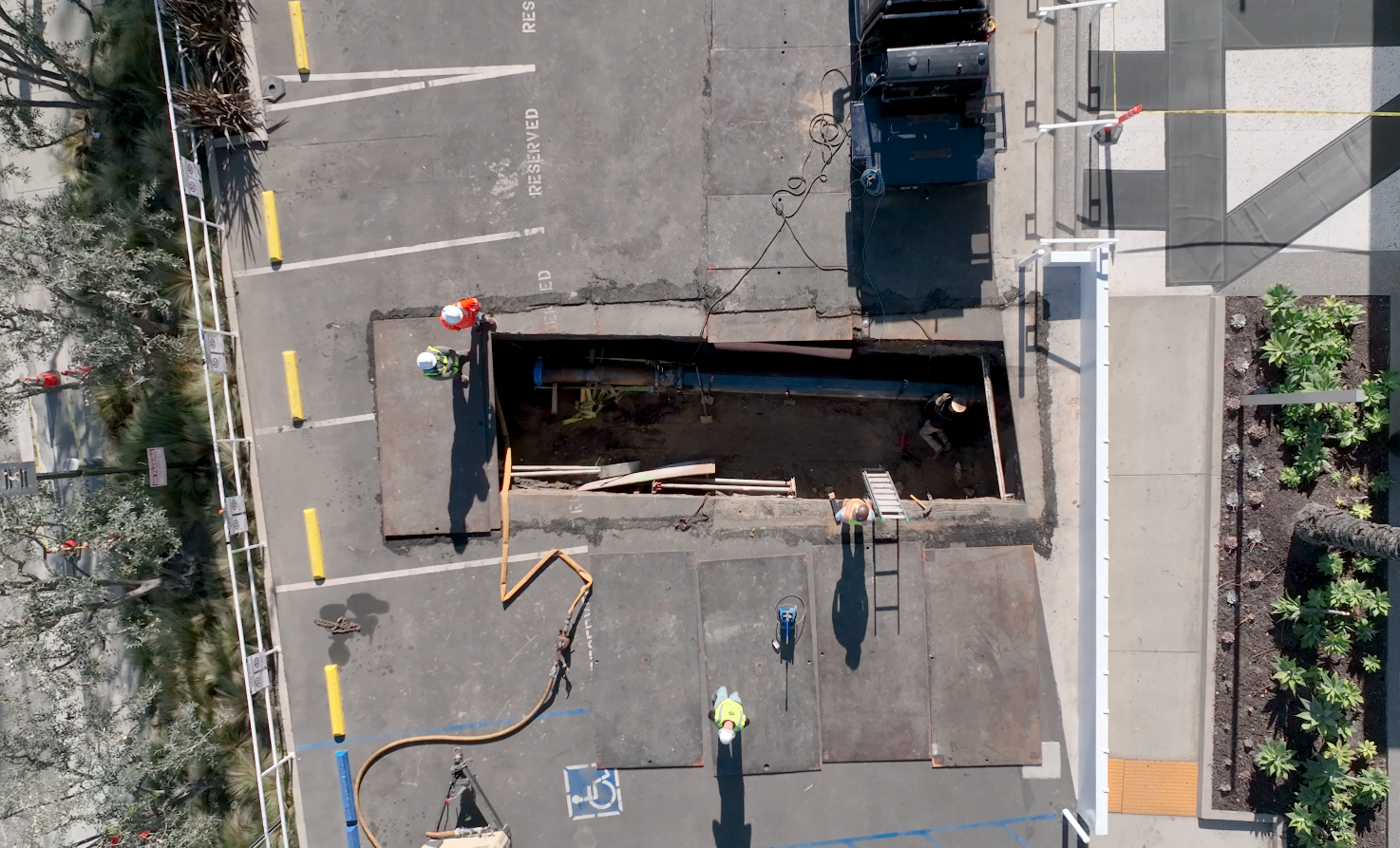In recent years, drones, or unmanned aerial vehicles (UAVs), have revolutionized various industries, from agriculture to filmmaking. However, two of the most impactful applications of drone technology are emergency response and accident scene management. Drones offer unique capabilities that can significantly enhance the effectiveness of first responders and accident investigators. Among these capabilities, the ability of drones to operate non-obtrusively and access areas that are otherwise inaccessible stands out as a game-changer in managing accident scenes.
Non-Obtrusive Aerial Surveillance
Drones are inherently non-obtrusive, capable of flying at various altitudes to capture detailed footage without disturbing the scene or risking the safety of the operators. This feature is particularly useful in the aftermath of accidents, where the safety of first responders and the scene’s integrity are paramount. The aerial perspective of drones offers a comprehensive overview that ground-level operations might miss, allowing for a better assessment of the situation.
Accessing Inaccessible Areas
Accidents often result in areas that are hazardous or utterly inaccessible to humans, whether due to structural collapse, hazardous materials, or natural obstacles. Drones can fly above these scenes, offering a critical advantage in assessing the situation safely and quickly. By deploying drones, emergency response teams can evaluate the extent of the damage, identify potential hazards, and plan their approach without putting lives at risk.
Scalable Solutions for Accurate Data Collection
The scalability of drone technology is another significant benefit. Drones can be deployed individually or as part of a coordinated fleet, offering flexibility based on the size and complexity of the accident scene. This scalability ensures that emergency response teams can gather accurate data in real-time, crucial for making informed decisions during the critical moments following an accident.
The high-resolution cameras and sensors equipped on drones can capture detailed images and videos, thermal imaging, and 3D mapping. These capabilities allow for the creation of accurate reconstructions of the accident scene, aiding in the investigation and analysis of what occurred. The data collected by drones can also be used to create simulations and models, helping to prevent future accidents by understanding the factors that led to the incident.
Enhancing Safety and Efficiency
By maintaining a safe distance while recording footage of the scene, drones minimize the risk to human life during the initial assessment of an accident. This protects first responders and ensures that the accident scene remains undisturbed, preserving vital evidence for investigation. The efficiency of drones, capable of being deployed within minutes and covering large areas quickly, significantly reduces the time required to assess and respond to an accident.
Conclusion
Integrating drone technology into accident scene management significantly advances emergency response capabilities. The non-obtrusive nature of drones, combined with their ability to access inaccessible areas and provide scalable solutions for data collection, offers a new paradigm in ensuring the safety of first responders and the effective management of accident scenes. As drone technology continues to evolve, its role in enhancing public safety and improving emergency response outcomes will undoubtedly expand, marking a new era in accident investigation and management.
